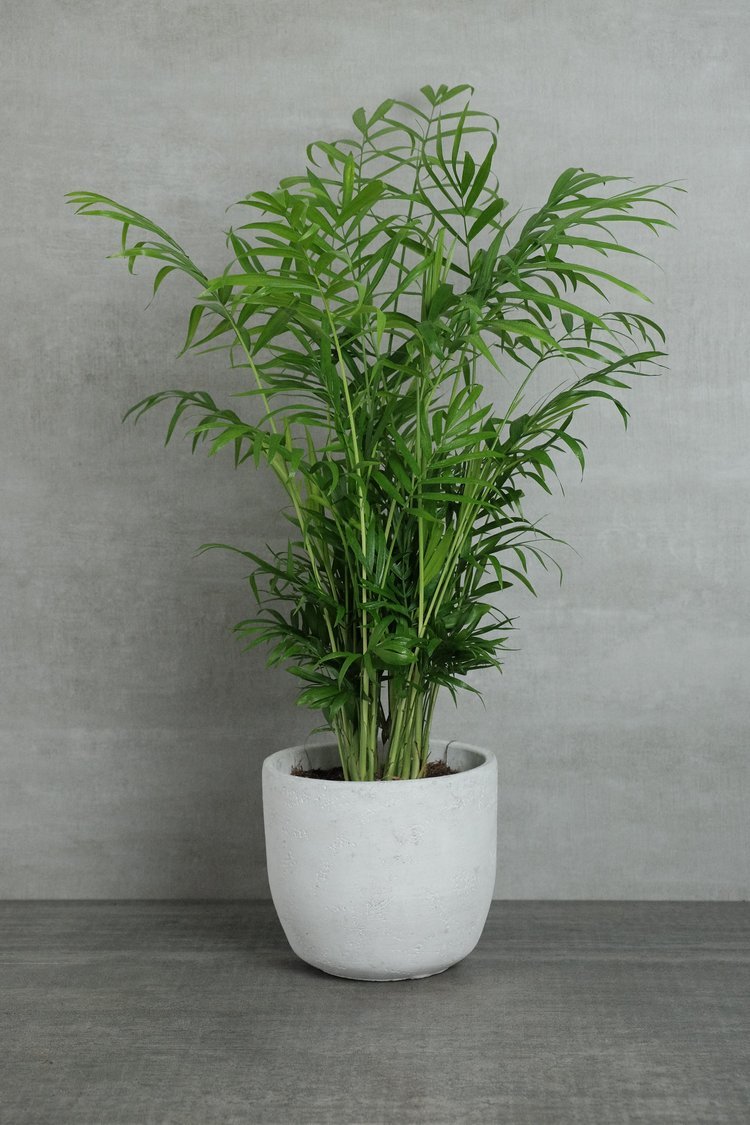Parlour Palm, also known as Chamaedorea elegans, is a popular indoor houseplant known for its elegance and low maintenance. It is a small and compact palm with a slender trunk and green fronds that are arching and feathery. It can grow up to 6-8 feet tall in its native habitat but is grown to a maximum of 4-5 feet tall as an indoor plant. Parlour Palms are slow-growing and can live up to 25 years with proper care.
Top Tips
✔ Water Parlour Palms consistently and moderately.
✔ Parlour Palms thrive in bright, indirect sunlight and high humidity levels.
✔ Fertilize Parlour Palms every two weeks during the growing season.
Plant Care
-
Parlour Palms prefer bright, indirect sunlight but can adapt to low light conditions. Direct sunlight can cause the leaves to scorch.
-
Parlour Palms prefer consistent and moderate watering with well-draining soil. Water the plant when the top inch of soil is dry. Overwatering can cause root rot, and insufficient water can cause the fronds to dry out.
-
Parlour Palms thrive in warm temperatures and high humidity levels. They can tolerate low humidity conditions, but it is best to keep them in a humid environment. A humidifier or regular misting can help keep the plant healthy.
-
Parlour Palms should be fertilised every two weeks in spring and summer with balanced, liquid fertiliser. Reduce fertilising in the winter when the plant is dormant.
-
Parlour Palms thrive in warm temperatures between 60°F to 75°F (15°C to 24°C).
-
Parlour Palm is non-toxic, making it an excellent choice for households with children and pets.
-
Parlour Palms can be propagated by division. Remove the plant from its pot and separate the new shoots from the parent plant. Replant each division in its pot with fresh soil mixture.
-



Quick plant check up
Browning leaves
Browning leaves can be a sign of inconsistent watering. Ensure the plant is receiving adequate water and that the soil is well-draining.
Yellowing leaves
Yellowing leaves can be a sign of overwatering. Reduce watering and ensure proper drainage.
Wilting
Wilting is a sign of stress, and it could be caused by disease, pests, or environmental issues. Check for pests, monitor watering, and adjust growing conditions.




